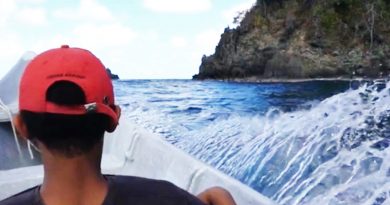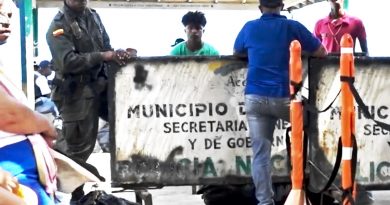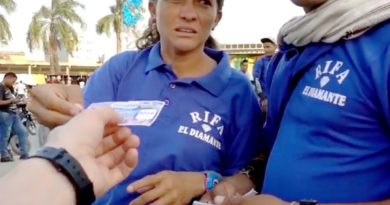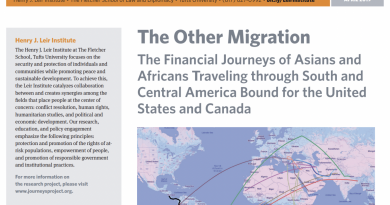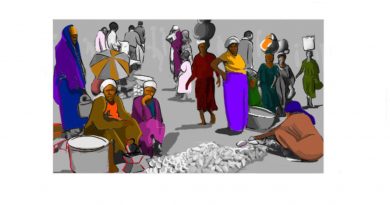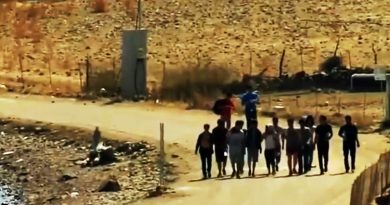The Other Migration, Part 1: Who and Why
As countries across the globe crack down on immigration, migrants and refugees are forced to uncover new travel routes in search of safety and stability. The Other Migration examines the journey of migrants from Africa and Asia as they travel across the world to South America and up through Central America. Part one of this three-part series examines who is traveling on this migration route and why.
Read More
